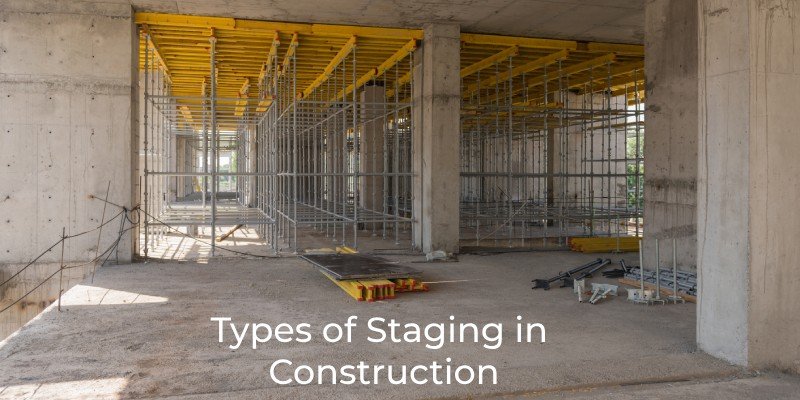Vastu Tips for New Home Construction: Building with Balance
If you’re embarking on the journey of building a new home, integrating Vastu principles can significantly enhance the harmony and positive energy within your living space. Vastu Shastra, an ancient Indian architectural science, emphasizes the alignment of elements to create a balanced environment conducive to health, happiness, and prosperity. Here’s a comprehensive guide to Vastu Tips for New Home Construction.
Introduction to Vastu Shastra
Vastu Shastra is a traditional Hindu system of architecture that translates to “science of architecture.” It encompasses a set of principles and guidelines aimed at harmonizing the energy flow within a structure to promote well-being and prosperity. In the context of new home construction, adhering to Vastu principles can lead to a more balanced and auspicious living environment.
Powerful Vastu Tips for New Home Construction

Let’s explore some Powerful Vastu Tips for New Home Construction:
Choosing the Right Location
The first step in building a Vastu-compliant home is selecting an appropriate location. Considerations such as the shape of the plot, the terrain, and the surrounding environment play crucial roles in determining the energy dynamics of the space. Ideally, the plot should be square or rectangular in shape, with the land sloping downward from west to east or south to north.
Layout and Design Considerations
Once you’ve chosen the location, focus on designing a layout that aligns with Vastu principles. The layout should prioritize the placement of essential spaces such as the kitchen, bedrooms, and bathrooms in accordance with guidelines. Avoid irregularly shaped rooms or excessive clutter, as these can disrupt the flow of energy.
Entrance and Main Door Placement
The main entrance of the household is of significant importance in Vastu Shastra, as it serves as the primary channel through which energy enters the home. Position the main door in the north, east, or northeast direction to invite positive energy into the house. Ensure that the entrance is well-lit and free from obstacles to facilitate the smooth flow of energy.
Kitchen Placement and Design
In Vastu Shastra, the kitchen is considered the heart of the home, representing nourishment and abundance. Locate the kitchen in the southeast corner of the house, as this direction is associated with the fire element. Maintain a clean and organized kitchen space, with the cooking stove positioned in the southeast corner and facing east.
Bedroom Arrangement and Orientation
The orientation of bedrooms is crucial for promoting restful sleep and relaxation. Place the master bedroom in the southwest corner of the house, as this direction is conducive to stability and harmony. Avoid placing beds directly under overhead beams or against shared walls with bathrooms or kitchens.
Bathroom and Toilet Placement
Toilets and bathrooms should be strategically positioned to prevent the drainage of positive energy from the house. Place bathrooms in the northwest or west direction and toilets in the northwest or southeast corners. Keep these areas well-ventilated and free from clutter to maintain a hygienic and harmonious environment.
Colours and Materials
The choice of colours and materials can significantly impact the energy flow within a home, according to Vastu principles. Opt for soothing, earthy tones such as beige, cream, or light pastels for interior walls. Incorporate natural materials like wood, stone, and clay for furniture and decor to enhance the connection with the earth element.
Windows and Ventilation
Proper ventilation and natural light are essential for maintaining a healthy and vibrant living space. Install windows in the east and north directions to allow the entry of fresh air and sunlight. Avoid placing windows directly opposite to each other, as this can disrupt the flow of energy within the house.
Landscaping and Garden Design
Extend Vastu principles to the outdoor space by creating a harmonious landscape around your home. Plant trees and shrubs in the northeast, east, and north directions to attract positive energy. Design pathways and seating areas to encourage the flow of chi or life force energy throughout the garden.
Energy Balancing Techniques
Incorporate Vastu remedies such as mirrors, crystals, and indoor plants to balance the energy within your home. Position mirrors to reflect natural light and expand the sense of space. Place crystals in specific areas to enhance positive energy flow and introduce indoor plants to purify the air and create a serene ambience.
Avoiding Vastu Defects
Be mindful of common defects that can arise during the construction process, such as irregular shapes, misplaced entrances, or structural flaws. Consult with a Vastu expert to identify and rectify any doshas or imbalances in your home. Implement remedial measures such as pyramids, yantras, or rituals to mitigate negative influences.
Consulting a Vastu Expert
While it’s possible to incorporate basic Vastu principles into your new home construction independently, consulting an expert can provide personalized guidance tailored to your specific needs and circumstances. A consultant can offer insights into optimizing the design and layout of your home to maximize harmony and well-being.
Maintaining Vastu Harmony
Building with Vastu principles is just the beginning; it’s essential to sustain harmony and balance within your home over time. Practice regular Vastu rituals such as cleansing and energizing the space with incense, chanting, or meditation. Periodically review the alignment of furniture and decor to ensure continued harmony and positivity.
Conclusion
We have covered a detailed guide on Vastu Tips for New Home Construction. Incorporating Vastu principles into the construction of your new home can create a space that nurtures health, happiness, and prosperity for you and your family. By paying attention to the orientation, layout, and design elements according to Vastu guidelines, you can cultivate a harmonious living environment that supports your overall well-being.
FAQs
Is Vastu Shastra only applicable to new home construction?
No, It can be applied to existing homes as well. Remedial measures can be taken to correct any existing Vastu defects.
Do I need to follow Vastu strictly for every aspect of my home?
While it’s beneficial to adhere to its principles as much as possible, flexibility can be exercised based on individual preferences and practical considerations.
Can Vastu remedies solve all problems in a home?
It can help mitigate certain issues and enhance the overall energy balance, but they may not address all problems. Professional guidance may be required for complex situations.
What if my plot of land doesn’t perfectly align with Vastu’s directions?
While ideal alignment is preferred, minor deviations can often be accommodated through strategic design and placement adjustments.
How often should I consult a Vastu expert for my home?
It’s advisable to consult an expert during the initial stages of construction and periodically thereafter for evaluations and adjustments as needed.
What are notable Vastu tips for the kitchen direction?
The ideal direction for the kitchen is the southeast corner of the house. Ensure that the stove faces east while cooking, and avoid placing it directly in front of the kitchen’s entrance.





